During my last visit to my phenology location I observed the initial signs of the changing seasons. Now, the changes are abundant and Spring is evident to even the most unenvironmental of people. Last week during a trip to a Vernal pool to wood frog hunt I observed virtually no greenery around my location. Today, upon my initial entrance to the location I was confused, as I was expecting to see greenery with all of the recent rain. Interestingly, the sprouting that has begun is doing so in a gradient fashion along the floodplain of Centennial Brook. In the furthest southwest area of my location sprouting has begun intensely, with various non-woody plants, grasses, ferns, and mosses present. As one moves northeast along the floodplain the greening becomes less intense with an odd sapling here and there. This trend is most likely caused from the intensity of flooding along the plain; the southwestern area of the floodplain is significantly more waterlogged. While the floodplain section of my location is showing signs of the impending bloom explosion, the leveed side of my location has no saplings and none of the trees throughout my location have begun to flower/leaf-out.
In terms of identification of the wildflower saplings, they appear to have just sprouted-potentially overnight due to all the rain- making identification quite difficult. There is one extremely abundant sapling that I cannot identify as all of them protrude barely an inch above the leaf litter. Another less common, much larger plant was also present throughout; its large leaves and fuzzy stems lead me to believe it may be Wild Ginger. In addition to wildflowers, I observed a variety of mosses and fungi, including the shockingly orange jelly fungus known as Witches Butter. Interestingly, I only observed this particular fungus when last semester’s temperatures were similar to what they are now leading me to assume the seasonal transition periods are the ideal climate conditions for this fungus- aka another indicator of spring. Additionally, I observed a plethora of Ostrich Ferns including some dead fiddleheads and those that somehow survived the winter. After much searching I also found one cluster of unfurling fiddleheads, completing the trifecta for Ostrich Fern life cycle observation.
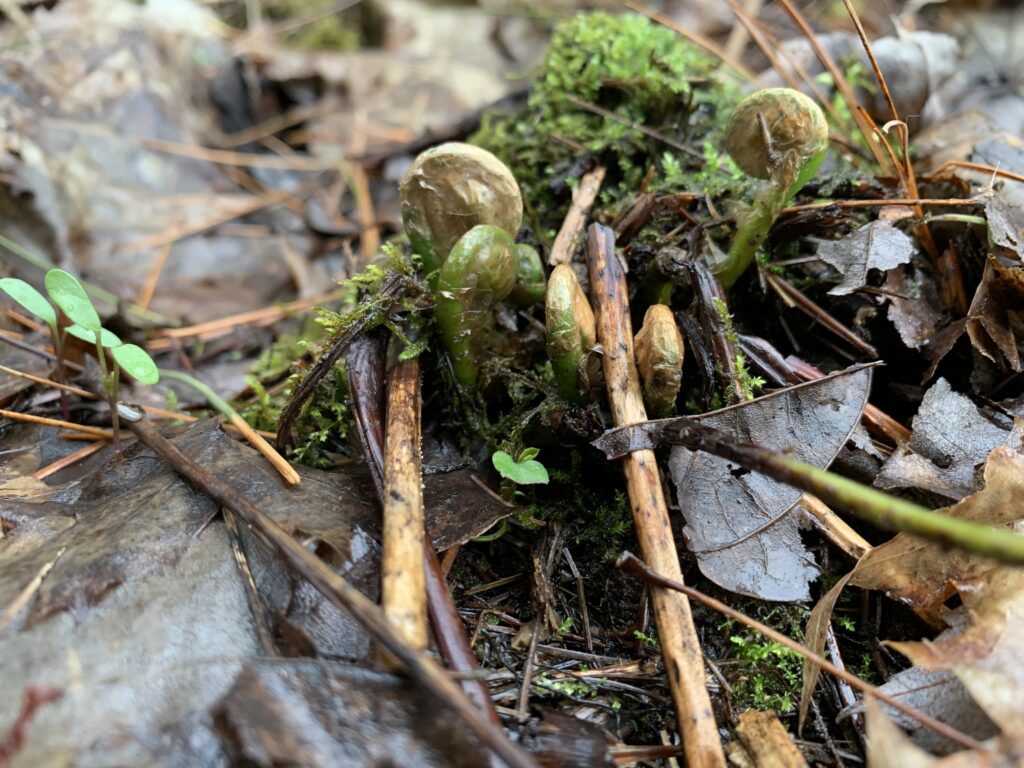
Unfurling Fiddleheads 
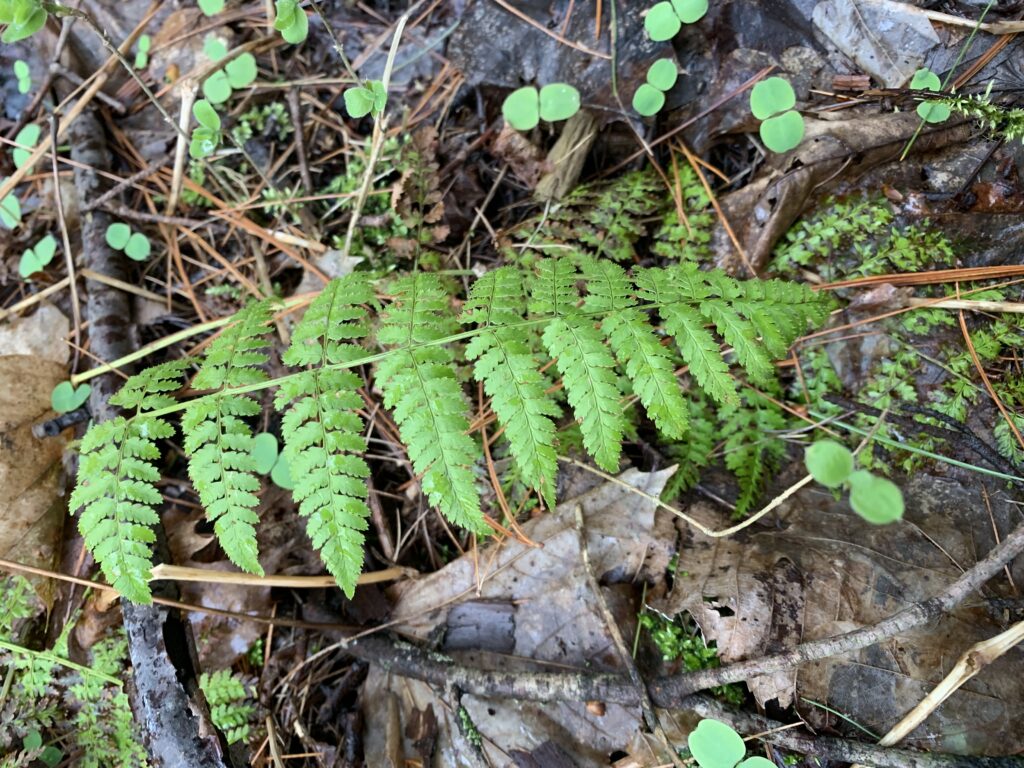
Ostrich Fern 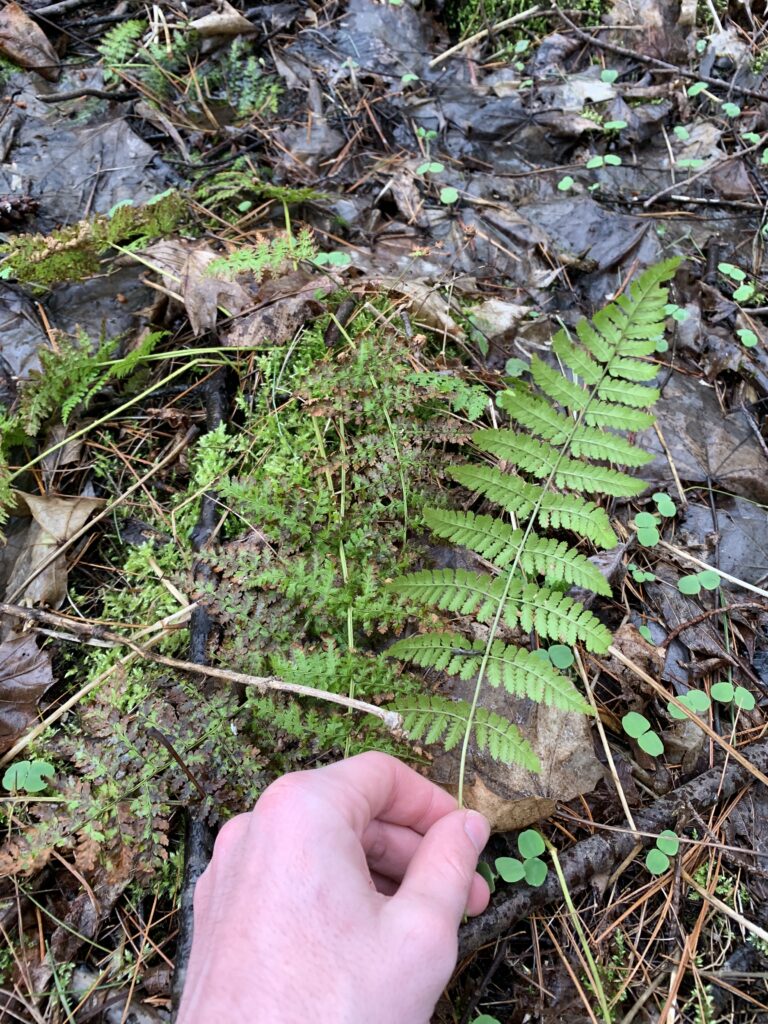
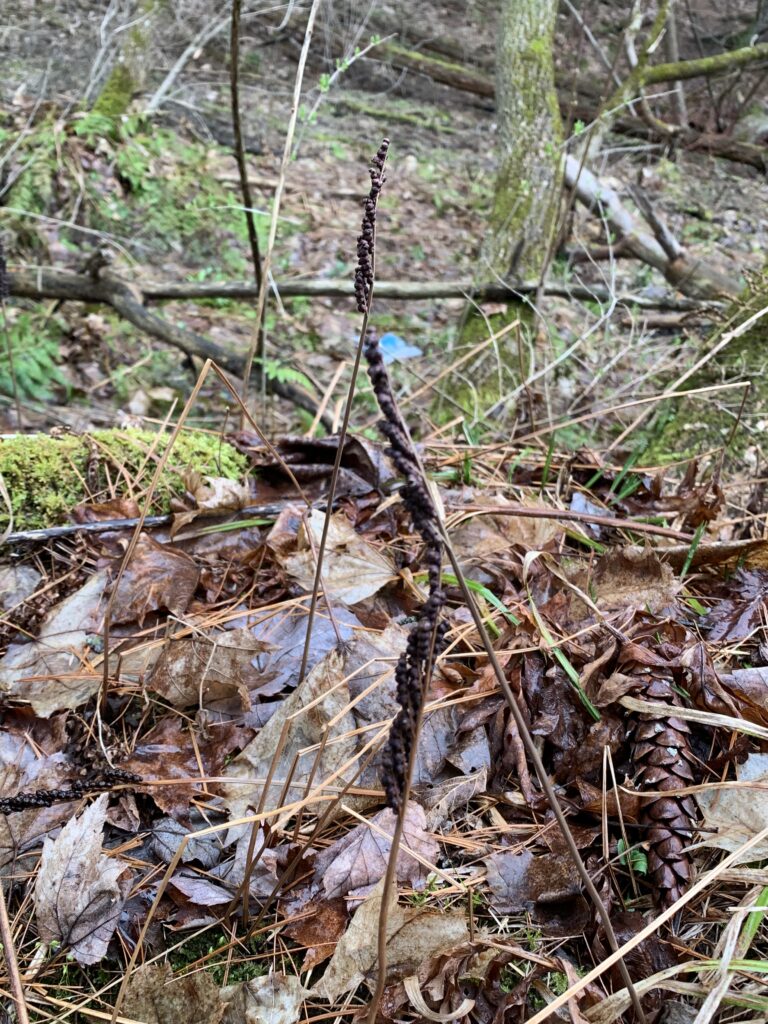
Dead Fiddleheads 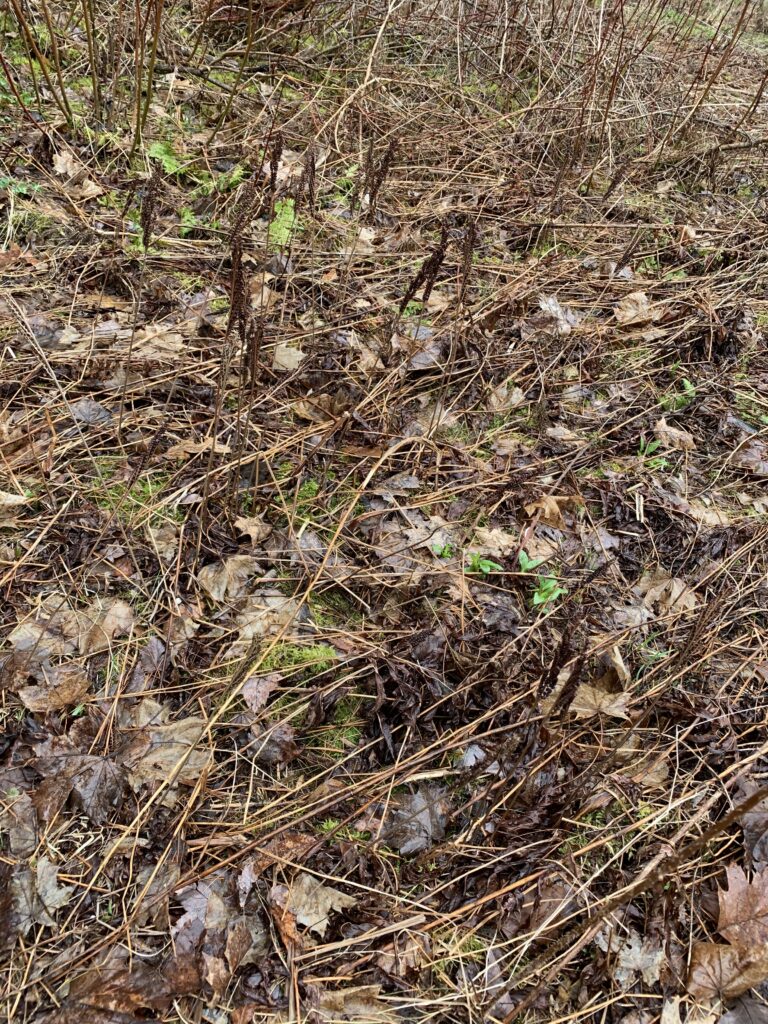
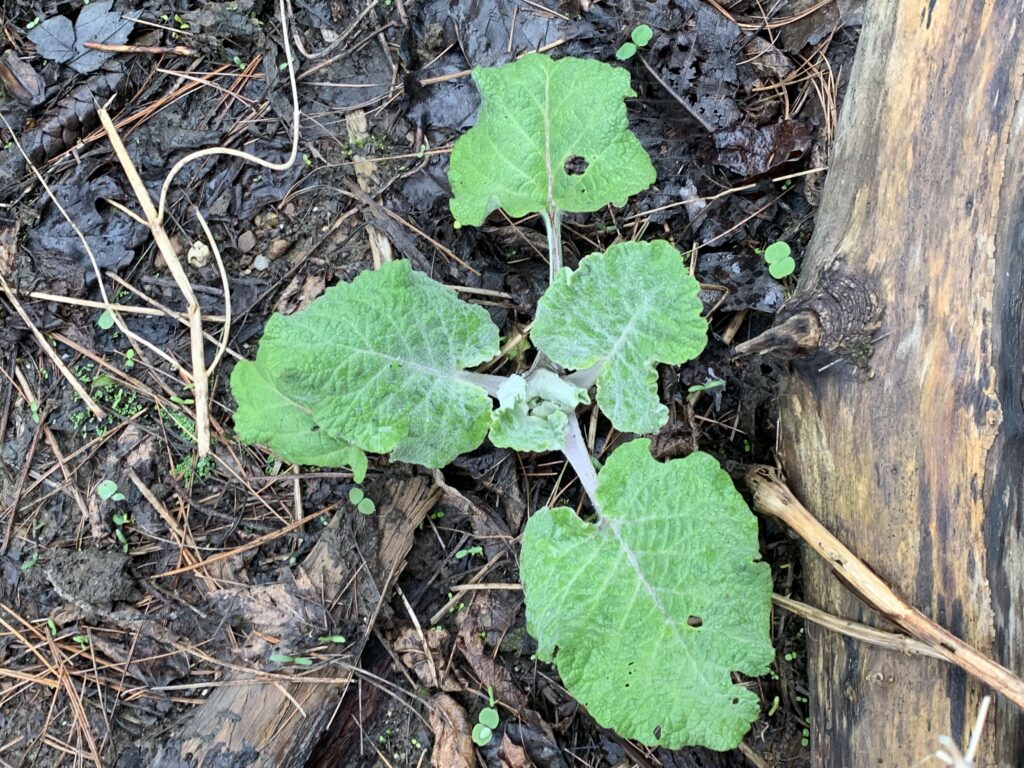
Potential Wild Ginger 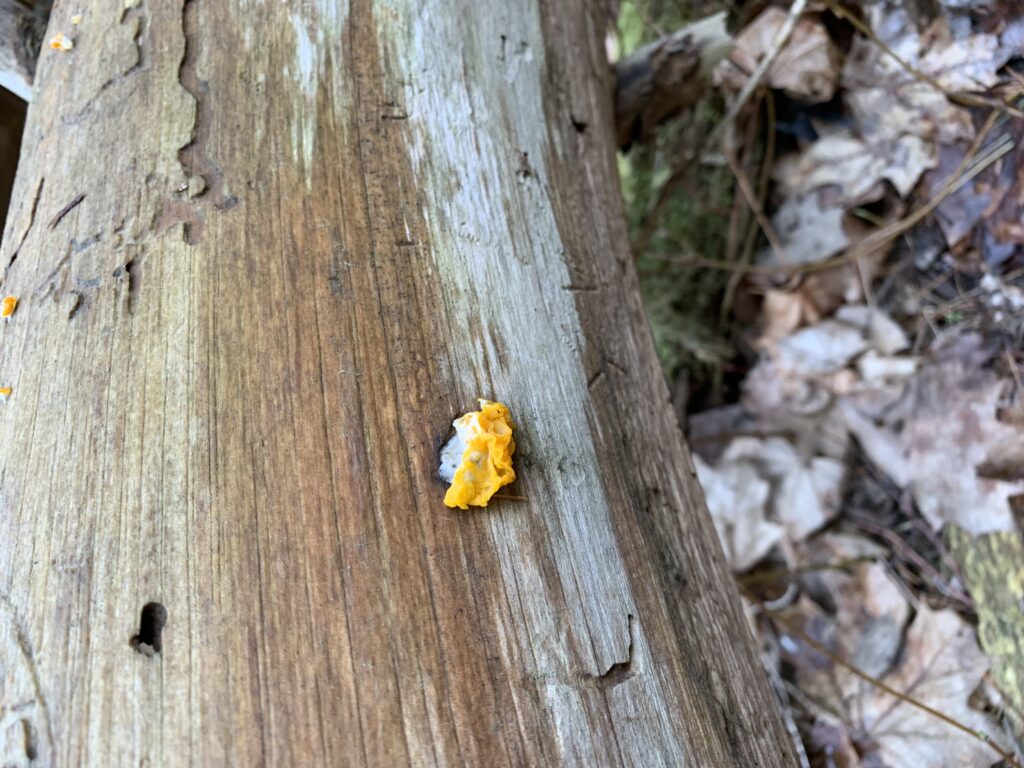
Witches Butter

Unidentifiable Wildflower Sprouts & feces 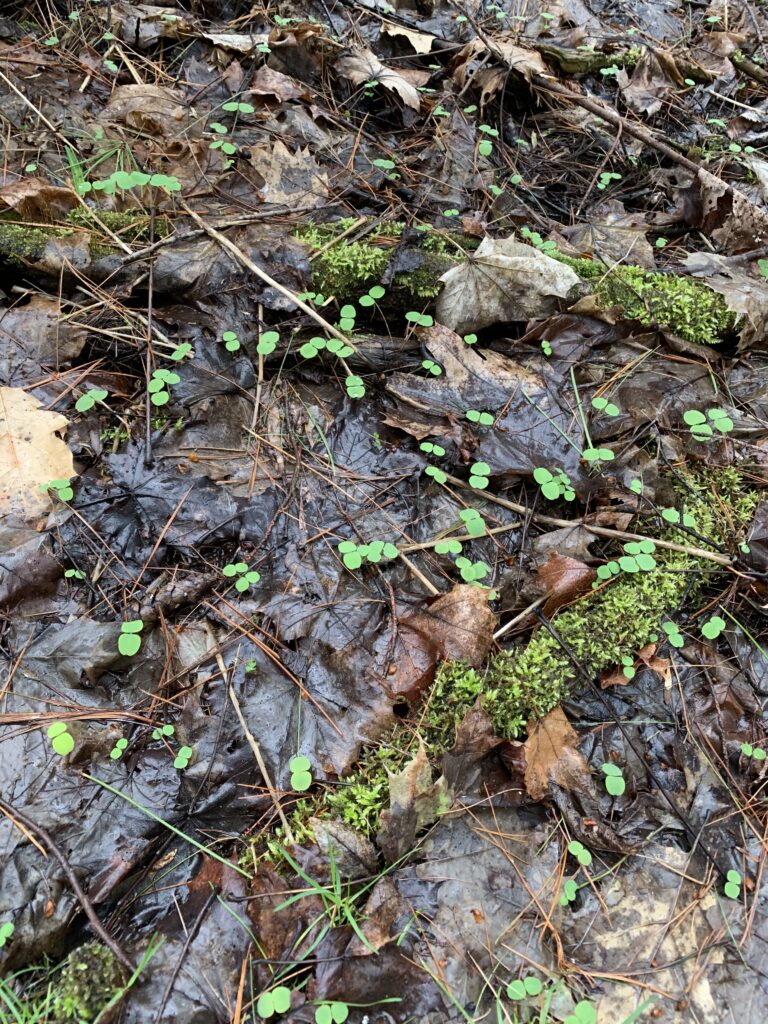
With all of the recent rain it is no wonder that the plant community is showing signs of a blooming spring. Akin to their vegetative acquaintances, the animal kingdom alike is showing signs of spring. For example, migratory birds can be heard singing their songs and wood frogs are busy mating in the vernal pools throughout Centennial. Additionally, the Common Water Striders have returned to an oxbow section of the brook in my location. To me, this is the ultimate sign of spring as the absence of waterstriders was the first sign of winter I observed. Since I could not get close enough to them to take a good picture, I decided to sketch them. The left sketch is a top view highlighting the four long legs that support the majority of their striding and the two antenna. The right sketch is a front view to highlight the two smaller legs underneath the face that support striding.
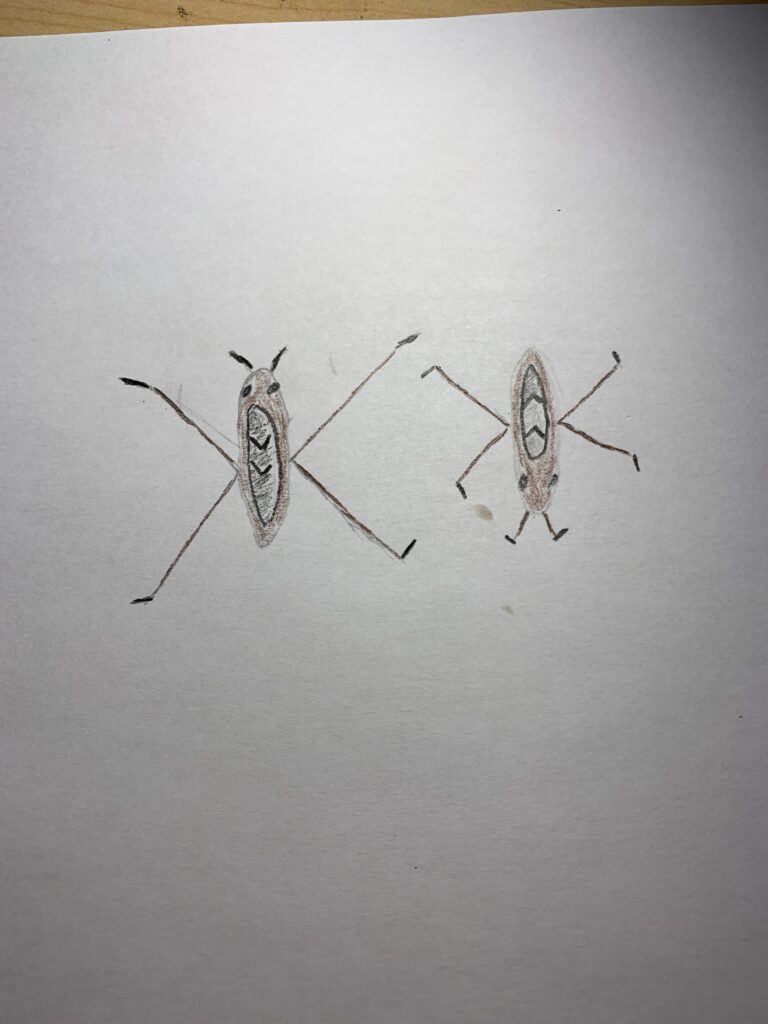
Miscellaneous Stuff:
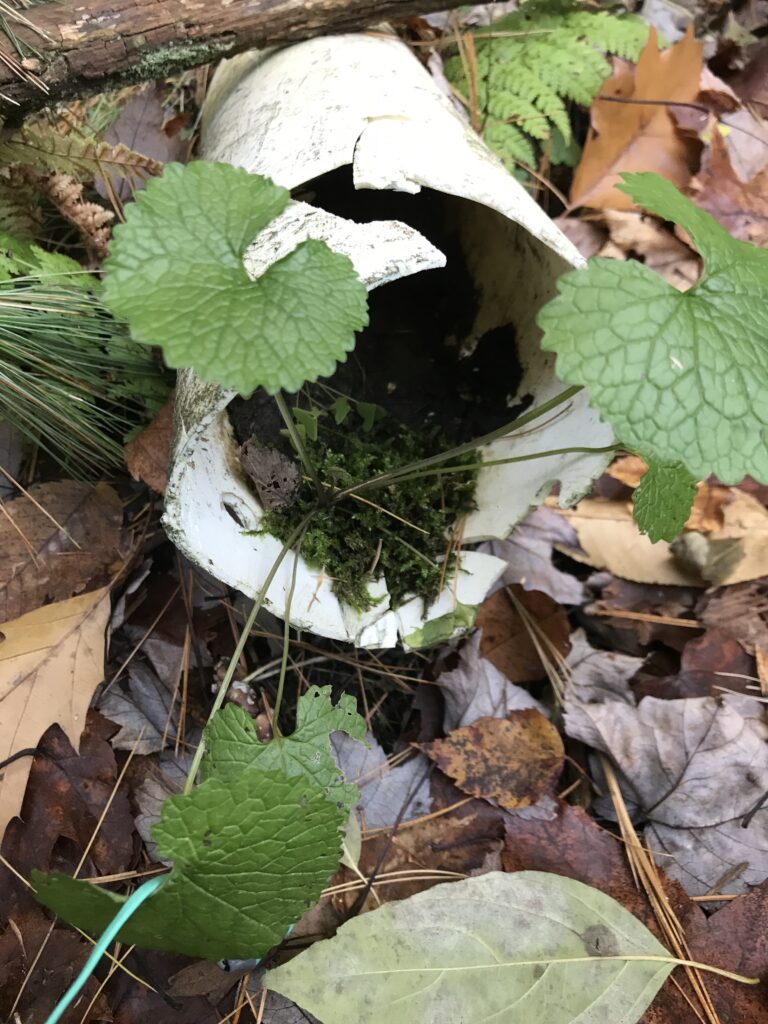
Microhabitat- Fall 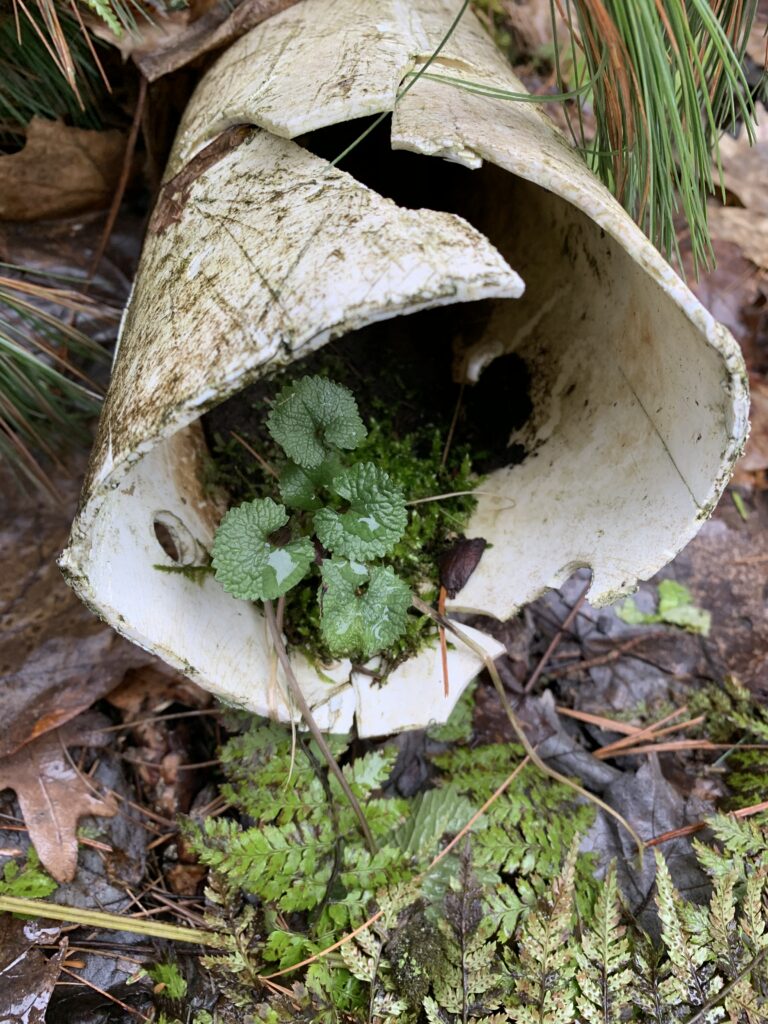
Microhabitat- Spring
I may not have included it in this blog, but I tracked this pipe microhabitat throughout the year. I’m glad to see it is blooming again, and it appears to be the same species.
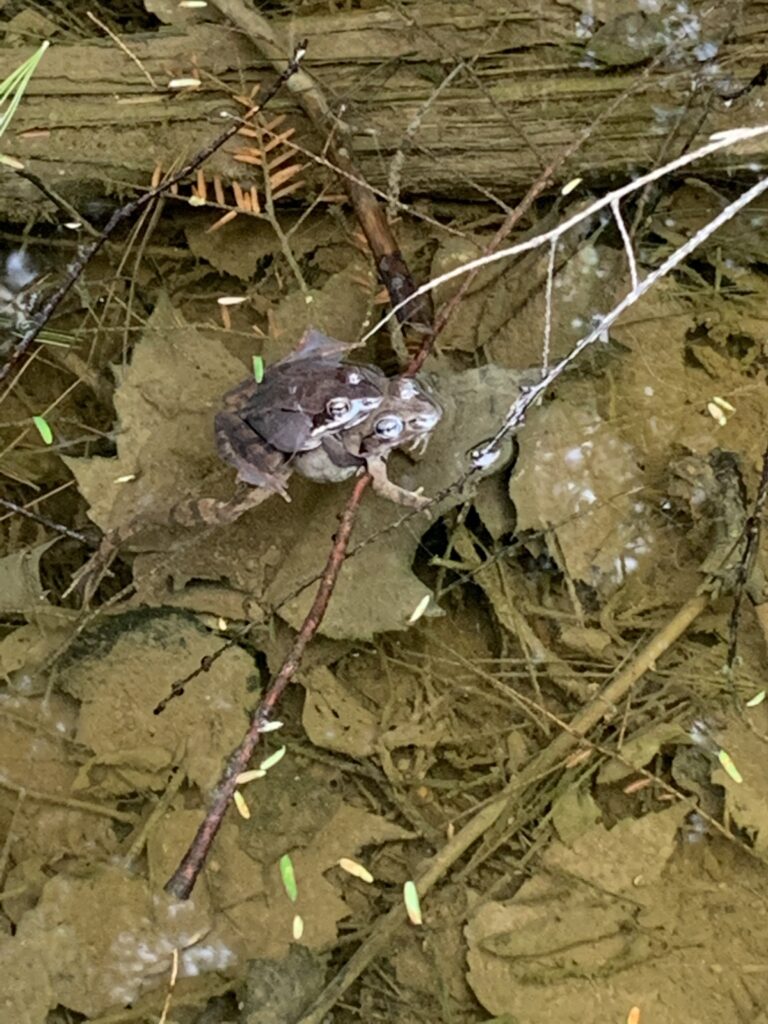
These guys were in a vernal pool not located in my phenology location, but I found it too cool not to share.
p.s.- I uploaded two observations to Inaturalist (Waterstrider & Wood Frog) but I couldn’t really figure out how to upload them to the NR2 Earthweek project.
